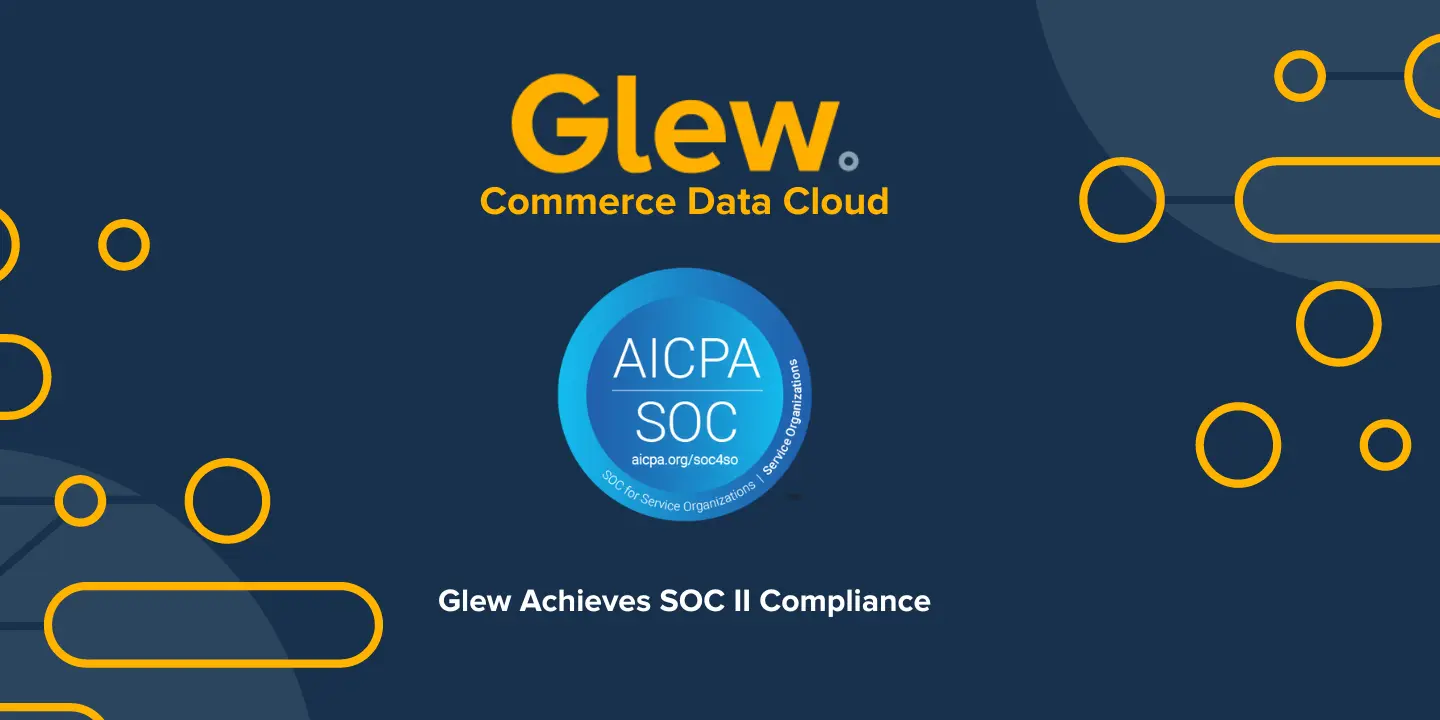Want to know the ROI of your email marketing campaigns? Are your posts to Twitter leading to conversions on your website? Knowing the answers to these questions is critical for ecommerce business success. Tracking the performance of marketing activities begins with the ability to analyze your online data. An important, but often overlooked step in this process, is tagging the URL’s used in each of your campaigns.
Tagging links for each campaign allows ecommerce marketers to accurately analyze the performance of all activities and channels. It also allows online retailers to track customers and attribute them to the right source.
What is URL or link tagging?
Link tagging is the process of adding unique identifiers to your URLs, allowing you to attribute traffic to individual campaigns. By doing this, you can prove the value and evaluate the performance of each ecommerce campaign.
Benefits of link tagging
- Improve campaign and ad spend decision making
- Assign conversion credit accurately to the correct channel
- Accurately measure the performance of specific campaigns, ads and content
Link tagging best practices
1. Tag all URLs coming to your site
Any time a potential ecommerce buyer is asked to click a link, you should be setting up URL tagging. This includes social media posts, email links, ad links, blog posts and more.
2. Build your own trackable URLs
Google Analytics makes it easy to build custom trackable URLs with the Google Campaign URL Builder tool. All you have to do is enter the URL you want to track along with parameters. The URL tool includes 5 parameters that can be used for tracking various pieces of information in Google Analytics, three parameters are required and two are optional.
Required Parameters:

Optional Parameters:

3. Be consistent
Because each URL will have multiple parameters, the length and style can get long and messy. Try to adopt a standard and concise style for naming everything. Remember that anyone clicking on a link will be able to see the parameters names, so don't include anything you wouldn't want your customers to see.
4. Consider shortening URL links
Since trackable URLs tend to be long, consider using a link shortening service like bitly, TinyURL, or goo.gl.
Viewing campaign reports
The URL tags you create will be automatically tracked in Google Analytics as they are clicked on. Google, or any advanced analytics software you are using, will record the parameters from each link and give you the ability to view in a report. To find this go to Google Analytics > Acquisition > Campaigns.

To filter even further:

If you're just getting started with link tagging, unsure where to begin or feeling overwhelmed by the process, begin by tracking something small like social media posts. As you learn more about the process and the value of tracking URLs you can expand to other channels. Remember that in the long run, link tagging will help you maximize your campaigns and minimize the time and energy you spend on ineffective activities.


.svg)
.svg)
.svg)
.svg)
.svg)
.webp)


.webp)


